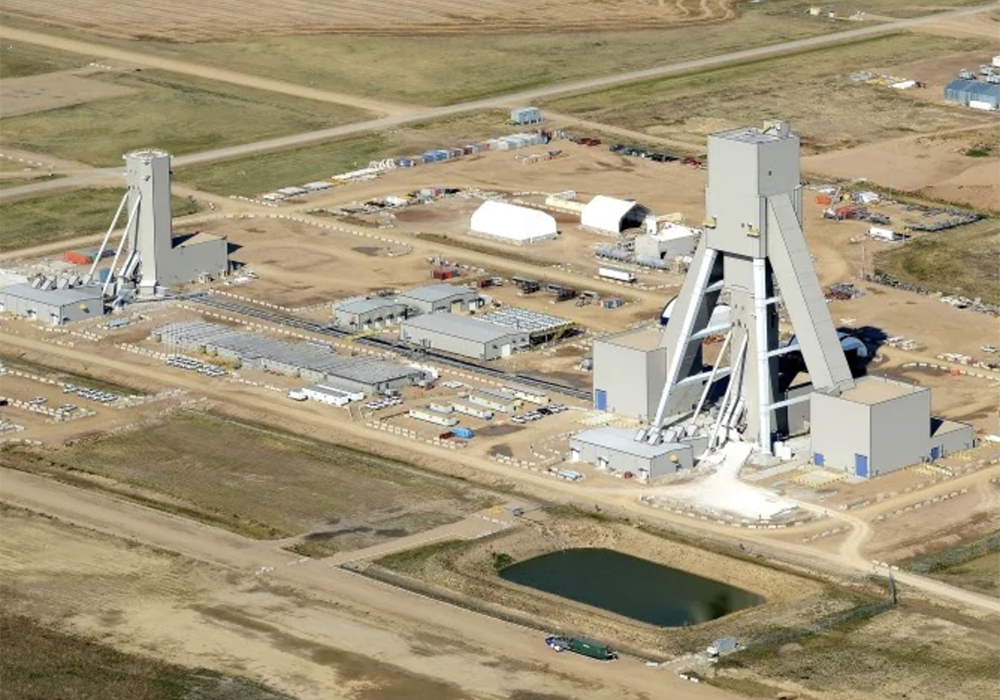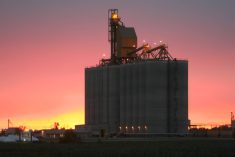Talking up Canada’s role as a global agrifood superpower doesn’t sound so inflated in these days of alarming food and fertilizer shortages.
That reality turned an announcement of new federal funding for the giant Jansen potash mining project in Saskatchewan into a billboard for Canada’s hoped-for role as a source of “greener” foods and fertilizers.
“The world is looking to Canada,” said Marie-Claude Bibeau, federal agriculture minister, attending the announcement of $100 million in Strategic Innovation Fund money for the potash mine.
“Not only are we a major grain producer and a top five agrifood exporter, we are also the world’s single largest producer and exporter of potash.”
The money will help pay for innovative low-emissions equipment and engineering for the mine, which is expected to go into production in 2026 and is planned to grow much larger in subsequent years.
World hunger has been a spectre stalking the world since the pandemic struck, as food supply chains got snarled, and with crop production problems in some parts of the world including Canada, but the war in Ukraine has made the concerns extreme. Both Ukraine and Russia are major world exporters, both use the Black Sea for much of their exporting and supplies of both old crop and new crop from those countries is in doubt.
“While Russia, a major fertilizer producer, has waged war on Ukraine, all of our allied countries are looking for quality fertilizer from trusted partners,” said Bibeau.
Federal Innovation Minister Francois-Phillippe Champagne echoed her thoughts.
“Canada is stepping up to help feed the world, particularly after the violent, inhumane and illegal aggression of Russia against the people of Ukraine,” said Champagne.
“Stability, predictability and the rule of law is in high demand and short supply…. Certainly, Canada stands out. We want to be the green supplier of choice to the world.”
With Russia and Belarus supplies of potash threatened by the world’s response to the Ukraine invasion, analysts have warned that crop yields will suffer if farmers can’t get what they need.
Mine owner and developer BHP’s leaders say their potash play is a long-term investment in the fertilizer, not a gamble on nearby opportunities.
“We believe that the world population will continue to grow and that we are actually going to need more food to feed that population, with less arable soil, and what that’s going to mean is better agricultural practices that are going to need more fertilizers and therefore we actually see the demand will continue to grow as we’ve seen in the last 50 years,” said Mike Henry, chief executive officer of BHP.
“We’ve been about potash well before the tragic events recently in Ukraine. Our view is a much longer-term view where we think the need for potash is going to be driven by global population growth, the move to improved diets and the need for more sustainable agriculture.”
Two federal ministers attending an announcement in a distant part of Saskatchewan while Parliament was still sitting was a sign of how well the project fits with the federal government’s desire to connect economic growth, “green” development and Canada’s future.
Henry said BHP shares the same green development ambitions.
“Strong potash demand growth will continue to be driven by global population growth, changing diets and strong global expectations when it comes to environmental stewardship,” said Henry.
Rag Udd, who heads BHP’s mining operations in the Americas, said the lower emissions design of the new mine makes it more efficient, less polluting and safer for workers.
The mine will have 60 percent less equipment underground, compared to traditional operations, will be two and a half times as productive, will emit 50 percent less carbon dioxide and use 60 percent less water per tonne of potash.
The green focus isn’t a disincentive, Udd said, but an attraction for new investments.
















